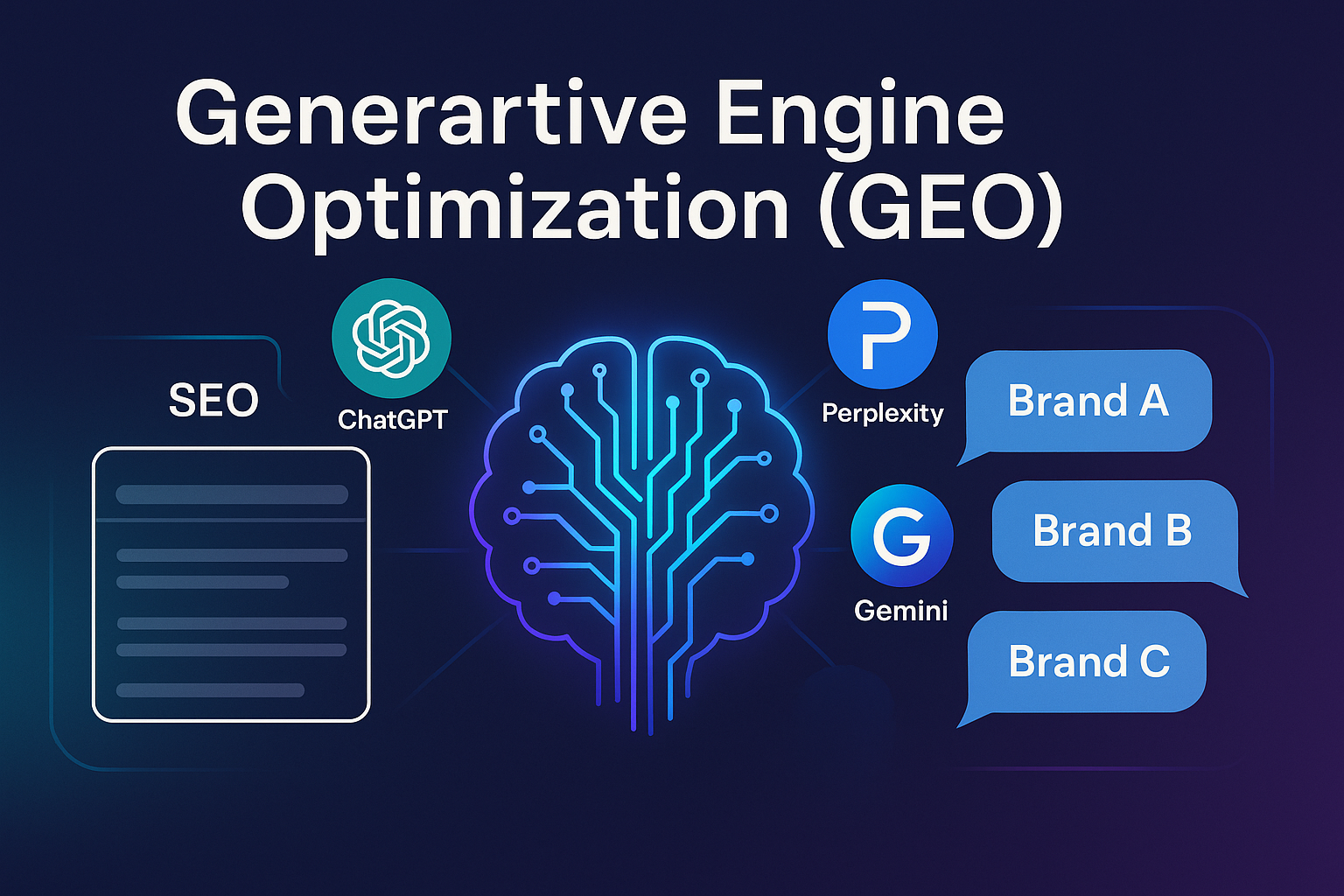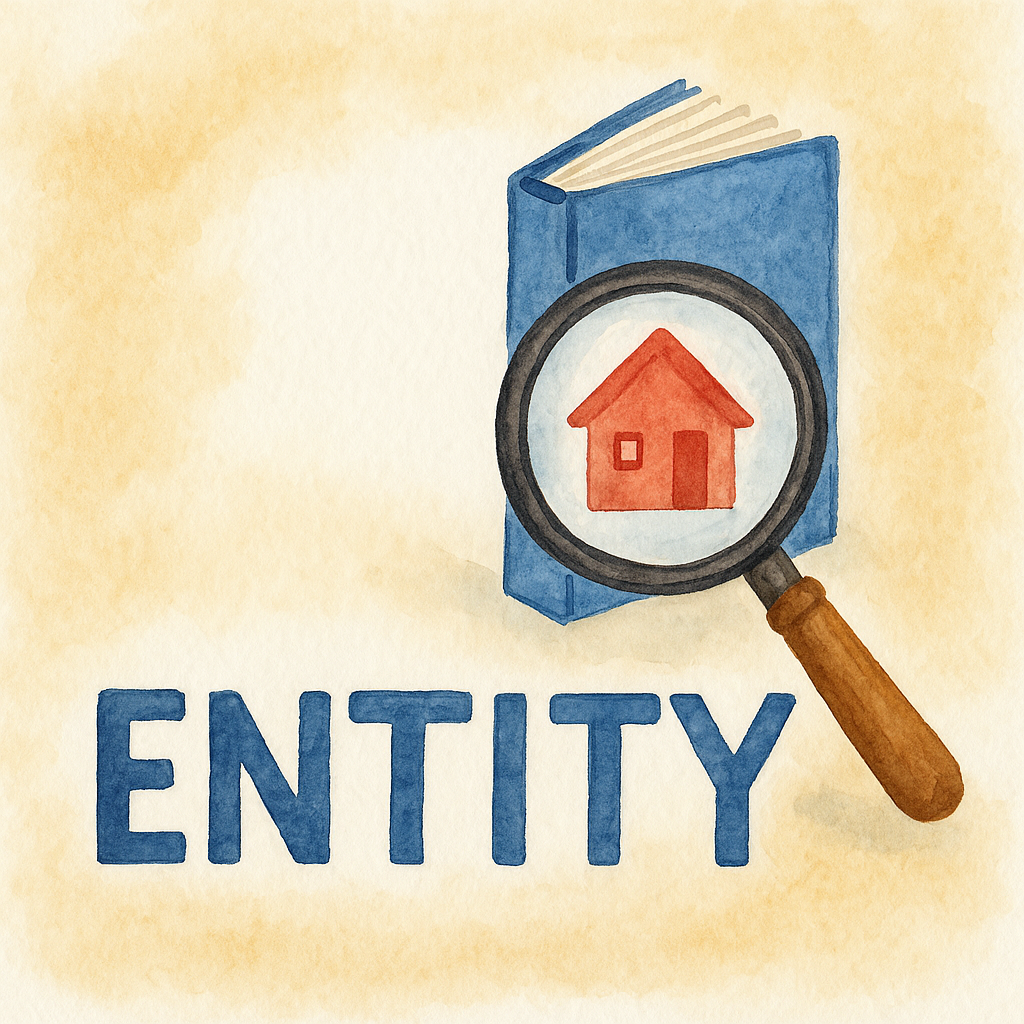Why Entity-Based Pages Matter (SEO + GEO)
In the old days, SEO was all about keywords. If you wanted to rank for “best hiking boots,” you stuffed “best hiking boots” into every other sentence and hoped Google would reward you. Those days are over.
Now, both SEO (Search Engine Optimization) and GEO (Generative Engine Optimization) focus on entities—things, places, people, organizations, parks, foods, you name it—that search engines and AI assistants can clearly understand.
When you write an entity-based page, you’re not just stringing words together; you’re building a knowledge node that helps both search engines and AI assistants connect the dots. For example:
- Google sees “Beaver Dick Park” as more than words—it’s a real location in Rexburg, Idaho, with attributes like trails, picnic areas, and history.
- AI assistants like ChatGPT or Gemini look for reliable, structured, and comprehensive content they can confidently use in answers.
Your job? Write content that makes your page the definitive reference for that entity.
Step-by-Step Structure for Writing an Entity Page
Think of writing an entity-based page like leading a tour. You want to give your visitors (and Google!) a guided, logical experience. Here’s the structure:
1. Introduction
Start broad. Define the entity and why it matters. Give context.
Example:
“Beaver Dick Park is one of Rexburg’s hidden gems—a riverside recreation spot offering history, trails, and a perfect place to spend a sunny afternoon.”
2. Subheadings (Organized Topics)
Break the page into clear sections that cover the entity’s attributes. Use H2s and H3s to make it scannable.
For Beaver Dick Park, subheadings might include:
- Location and Directions
- History of the Park
- Hiking Trails and Activities
- Facilities and Amenities
- Best Times to Visit
3. Q&A Section
Add a “People Also Ask” vibe with common questions. This mimics how users query search engines and gives your page GEO-friendly coverage.
Example Q&A:
- Is Beaver Dick Park free?
- Are dogs allowed?
- What is the history behind the name?
4. Conclusion
Wrap up with a friendly summary and call to action.
Example:
“Whether you’re picnicking, fishing, or just watching the sunset, Beaver Dick Park is a must-visit in Rexburg. Pack your cooler and enjoy!”
Using FAQs, Examples, and Internal Links
- FAQs: Great for voice search and AI snippets. Include real questions users ask.
- Examples: Add personal or community stories to make content relatable.
- Internal Links: Connect your page to related entities. For example:
- From Beaver Dick Park → link to “Rexburg Hiking Trails” (parent page).
- From Beaver Dick Park → link to “Porter Park” (another entity page).
This builds a knowledge graph inside your site.
Example Outline: Beaver Dick Park Page
Here’s how a page could look within a site on Rexburg Hiking Trails:
Title Tag: Beaver Dick Park – Trails, History, and Activities | Rexburg Hiking Trails
Meta Description: Discover Beaver Dick Park in Rexburg, Idaho. Learn about its history, trails, facilities, and why it’s a favorite spot for outdoor fun.
Outline:
- Introduction: What is Beaver Dick Park?
- Location & Directions (with map)
- History (Beaver Dick Leigh, mountain man)
- Trails (walking, fishing, camping nearby)
- Facilities (picnic shelters, playground, bathrooms)
- Activities (bird watching, kayaking, family events)
- FAQs (cost, hours, pets, best time of year)
- Photo Gallery or Video Tour
- Internal Links: Other Rexburg parks and trails
- Conclusion + Call to Action
Common Mistakes to Avoid
- Keyword Stuffing
Don’t repeat “Beaver Dick Park” 37 times in one paragraph. Instead, use natural variations like “the park,” “this riverside spot,” or “Rexburg’s local recreation area.” - Thin Content
A 200-word page won’t cut it. Aim for depth—cover history, activities, logistics, and unique facts. - Ignoring Authority Signals
Use citations, link to government or city pages, and include structured data (schema). This builds trust with both search engines and AI.
Including Other Media
Words are powerful, but media makes your entity real.
- Images: Add high-quality photos with descriptive alt text (e.g., “Families picnicking at Beaver Dick Park, Rexburg, Idaho”).
- Charts/Tables:
- Example: “Facilities by Season” (restrooms, shelters, playground availability).
- Example: “Trail Lengths at Beaver Dick Park.”
- Videos: A short walking tour or drone footage boosts engagement and dwell time.
- Maps: Embed a Google Map for directions.
The goal is to show, not just tell.
Key Takeaways
- Entity pages are about clarity and completeness, not just keywords.
- Use a clear structure: intro → subheadings → Q&A → conclusion.
- FAQs, examples, and internal links strengthen your entity and improve GEO chances.
- Media (images, tables, videos) makes the entity page engaging and trustworthy.
- Avoid keyword stuffing, thin content, and ignoring authority signals.
- Think of your entity page as the go-to guide that AI assistants will want to cite.
👉 When done right, entity-based pages position your site as the “Wikipedia meets Lonely Planet” of your niche—credible, scannable, and rich enough that both humans and AI assistants want to use it.
Would you like me to also create a visual diagram of this structure (like a content map flow) so your students can see how intro → subheads → FAQs → conclusion connects together?



